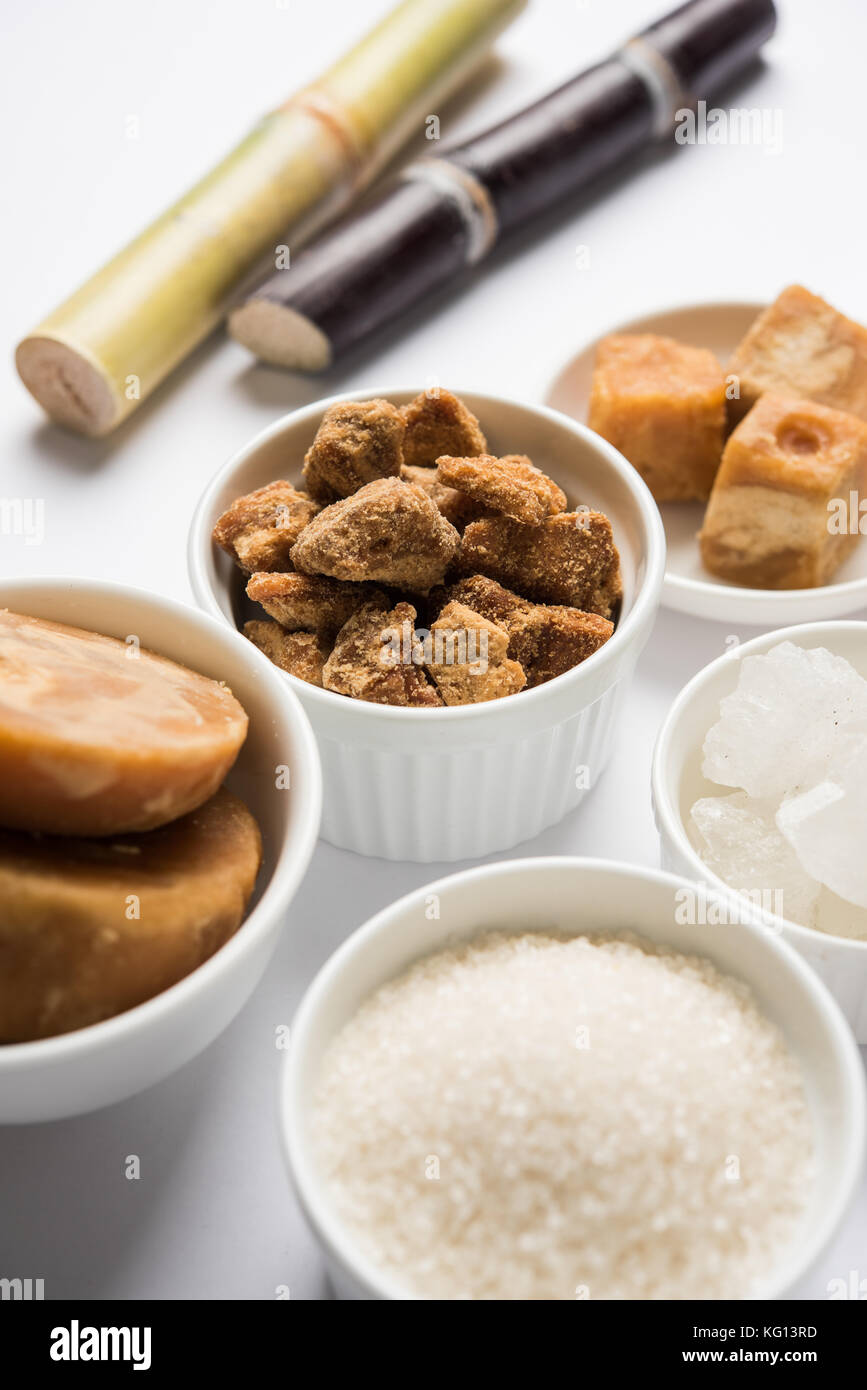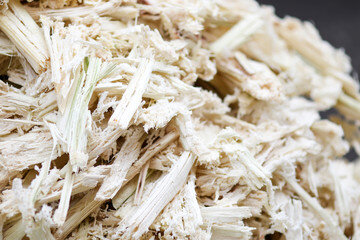Sugarcane Product in Traditional Healing: Therapeutic Benefits You Should Know
The Journey of Sugarcane: From Harvest to Everyday Products
The trip of sugarcane is a diverse process that starts with careful cultivation and finishes in a variety of items that permeate our day-to-day lives. As we check out the various facets of sugarcane's trip, its role in sustainability and the more comprehensive implications for our setting come into sharper emphasis.
Cultivation of Sugarcane
The farming of sugarcane is a critical farming procedure that needs specific environmental problems and management techniques. Optimal development occurs in exotic and subtropical regions where temperature levels range in between 20 ° C and 32 ° C. Adequate rains or irrigation is crucial, as sugarcane prospers in wet soil with well-drained problems (sugarcane product). Dirt quality substantially influences yield; hence, farmers frequently perform dirt tests to figure out nutrient requirements
Growing commonly occurs in rows, utilizing stem cuttings called setts, which are grown flat. This method helps with effective collecting and makes the most of sunlight direct exposure. Plant turning and intercropping are recommended practices to improve dirt fertility and reduce insect invasions. In addition, farmers use integrated pest management techniques to lessen chemical inputs while guaranteeing healthy and balanced plant growth.
Prompt application of these plant foods can considerably boost sugar returns. Overall, effective sugarcane cultivation pivots on a combination of environmental stewardship, strategic preparation, and ongoing administration practices.
Collecting Techniques
Effective sugarcane cultivation culminates in the harvesting stage, which is pivotal for making the most of return and guaranteeing top quality. The timing of the harvest is important; sugarcane is typically harvested when sucrose degrees peak, normally between 10 to 18 months after planting. This duration differs based on environment, soil kind, and sugarcane variety.
Gathering strategies can be broadly classified right into manual and mechanical techniques. Manual harvesting is labor-intensive, counting on skilled workers who make use of machetes to reduce the stalks close to the ground. This technique enables careful harvesting, where just the ripest canes are chosen, consequently boosting total sugar content.
On the other hand, mechanical harvesting has actually obtained popularity due to its effectiveness and cost-effectiveness. Specialized farmers outfitted with reducing knives and conveyor systems can process large areas swiftly, dramatically reducing labor costs. This strategy may lead to the inclusion of immature canes and a possible decrease in sugar quality.

Despite the approach utilized, guaranteeing that gathered canes are carried quickly to processing facilities is important. Prompt taking care of decreases perishing and protects the stability of the sugarcane, setting the phase for optimum processing.
Processing Approaches
Handling sugarcane includes several essential steps that transform the harvested stalks right into useful products, primarily sugar and molasses. The first phase is washing the walking cane to get rid of soil and particles, complied with by the extraction of juice via crushing or milling. This process typically uses heavy rollers that break the walking stick fibers to release the pleasant liquid had within.
When the juice is removed, it goes through clarification, where contaminations such as soil fragments and bagasse are eliminated. This is often attained by adding lime and heating the juice, permitting sedimentation. The cleared up juice is after that concentrated via evaporation, where water material is reduced, leading to a thick syrup.

Inevitably, the processing of sugarcane not only generates sugar and molasses but likewise lays the foundation for various by-products, which will be discovered in succeeding discussions.
Products Derived From Sugarcane
Sugarcane is a flexible plant that yields a he said broad variety of items past just sugar and molasses. Among the main byproducts are ethanol and biofuels, which have acquired importance as renewable resource sources. Ethanol, produced through the fermentation of sugarcane juice, acts as a different to nonrenewable fuel sources and is usually blended with gasoline to create cleaner-burning fuels, minimizing greenhouse gas exhausts.
Additionally, sugarcane is a considerable resource of bagasse, the coarse deposit continuing to be after juice extraction. Bagasse is utilized in numerous applications, consisting of the manufacturing of paper, naturally degradable packaging, and as a biomass fuel for power generation. Its usage not only reduces waste yet also enhances the sustainability of sugarcane processing.
Moreover, sugarcane-derived products encompass the food market, where it acts as an all-natural flavor representative and sweetener in various cooking applications. In the world of cosmetics, sugarcane essences are included right into skincare products as a result of their all-natural exfoliating buildings.
Ecological Effect and Sustainability
The cultivation and handling of sugarcane have substantial effects for ecological sustainability. This crop calls for considerable water resources, often bring about exhaustion of local water products and influencing bordering communities. Additionally, using fertilizers and chemicals in sugarcane farming can lead to dirt deterioration and waterway pollution, posing threats to biodiversity.

Sustainable sugarcane farming additionally promotes soil wellness through crop turning and decreased husbandry, enhancing carbon sequestration. The adoption of these methods not just supports environmental honesty yet also enhances the strength of farming communities versus environment change.
Final Thought
In recap, the trip of sugarcane encompasses various stages from growing to handling, ultimately resulting in a large selection of items. The significance of sugarcane extends beyond simple sugar, adding to eco-friendly power through ethanol manufacturing, sustainable product packaging via bagasse, and natural essences for cosmetics. This diverse plant plays a critical role in both dietary enrichment and environmental sustainability, highlighting its significance in modern agricultural and commercial techniques.
Effective sugarcane farming finishes in the collecting stage, which is essential for taking full advantage of yield and making sure high quality. The timing of the harvest is vital; sugarcane is commonly collected when sucrose degrees height, generally in between 10 to 18 months after growing.Processing sugarcane includes a number of vital steps that transform the harvested stalks right into useful items, mostly sugar and molasses.Sugarcane is a flexible crop that yields a wide selection of items beyond just sugar and molasses. In addition, the usage of fertilizers and pesticides in sugarcane farming can result in Get the facts dirt destruction and waterway pollution, posing threats to biodiversity.